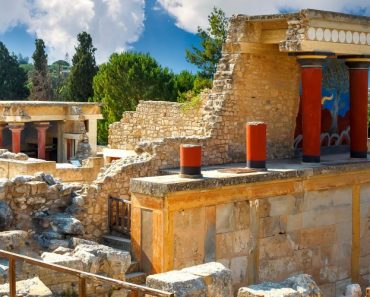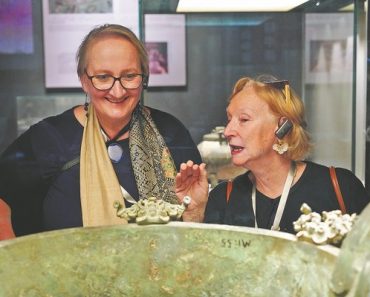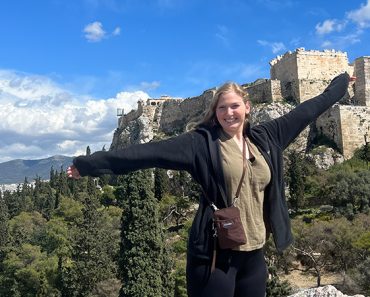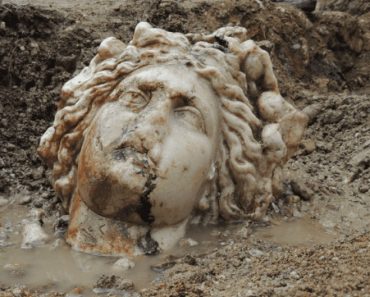A 1,700-year-old school with walls covered in Greek text referring to a passage from Homer’s ‘The Odyssey’ is located in the ancient town of Trimithis, now called Amheida, in Egypt’s western desert.
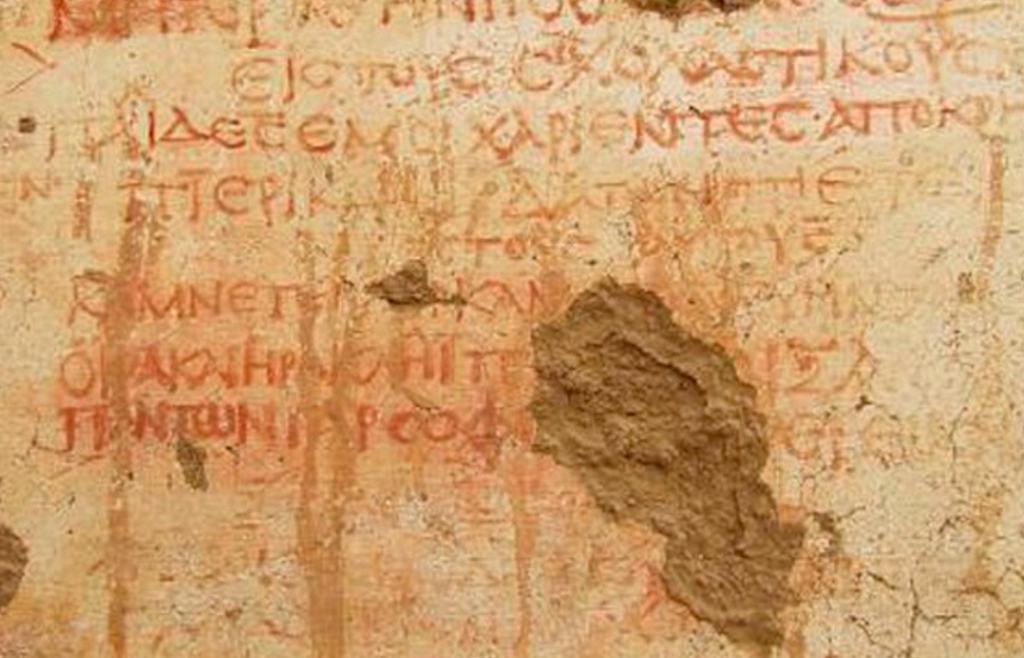
A 1,700-year-old school with walls covered in Greek text referring to a passage from Homer’s ‘The Odyssey’ is located in the ancient town of Trimithis, now called Amheida, in Egypt’s western desert.
The house and school are about 322 kilometres west of the Nile River in the ancient town of Trimithis, modern-day Amheida, in the Dakhla Oasis.
According to archaeologists, this building is a schoolroom with Greek writings on its walls, including a calming quotation from Homer’s ‘The Odyssey’.
What is most surprising is that it bears striking resemblance to modern classrooms. There were benches for students to sit on, and lessons were written on the walls in Greek, which was widely spoken.
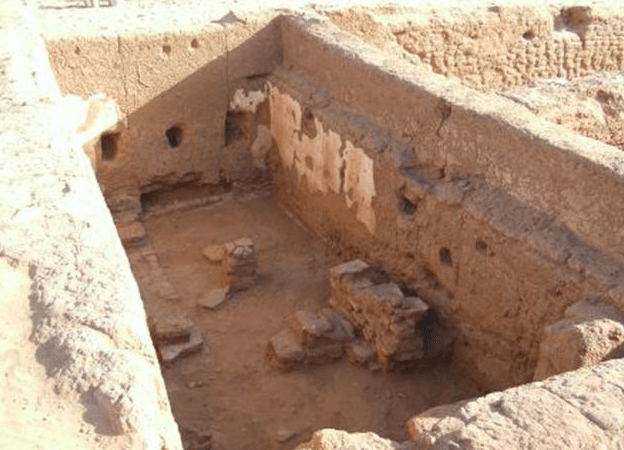
Archaeologists have previously found another ancient school in Egypt; however, this was a university in Alexandria. The finding of this school in Amheida is unique because of the texts on its walls.
It is thought that this school was only open for 20 years before the room was amalgamated into a large house that belonged to a town councillor called Serenos and transformed with images of Greek gods.
Text on the wall includes quotations from ‘The Odyssey’, which tells a tale of ancient drug use when Helen of Troy gives her dinner guests a drug that “takes away grief and anger and brings forgetfulness of every ill.”
“Whoever should drink this down when it is mixed in the bowl would not let a tear fall down his cheek that day at least. Imitate,” it says.
The word “imitate” is said to reveal that children would copy the passage. Ancient records say this passage from the renowned text has calming qualities, which would be ideal in the classroom.
Another text written by a teacher was found in a different classroom. It encouraged pupils to work hard and improve their rhetorical skills to a Greek god-like level.
The school was discovered in 1979, but it was not until 2001 that archaeologists unearthed the writing, which confirmed the building’s purpose as a school. Excavations have been ongoing since.
Researchers think the closure of the school might have occurred when the teacher either moved away or died.
Photo Credit: Eugene Ball
2,000-Year-Old Female Statue Discovered in Ancient Vlandos Watch Video


